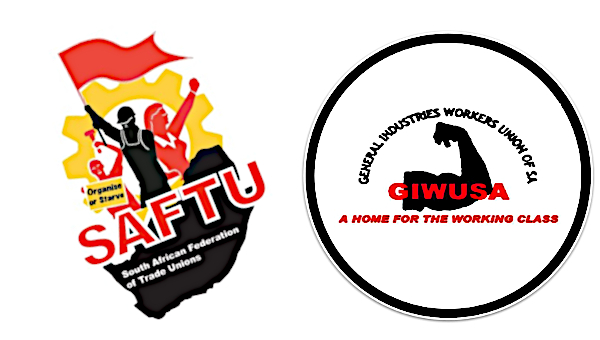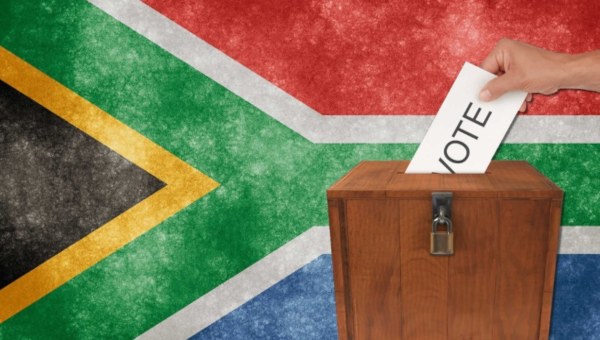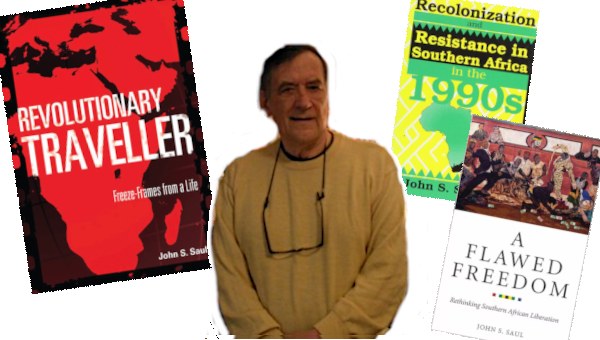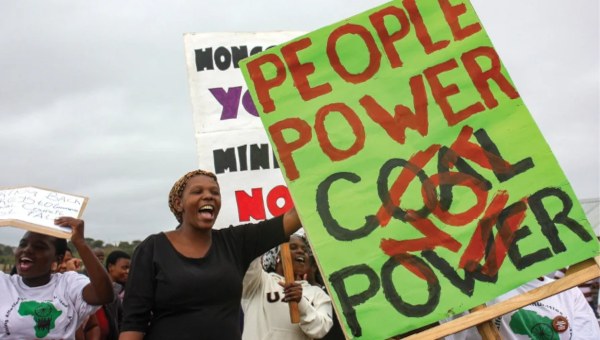Toward a Public Pathway to Energy Transition
On Wednesday, July 27th, 2022, representatives of unions and social movements met in Johannesburg to discuss the country’s energy crisis. The representatives agreed to form a united front to resist privatisation of the power sector and to propose alternative ways to address both the immediate crisis and the longer-term challenges posed by the decarbonisation of South Africa’s energy system. What follows is a work-in-progress statement that captures the discussion and conclusions reached at the end of the meeting.
Statement of the United Front to Address Loadshedding
We acknowledge the multiple economic and social problems associated with load-shedding [rotating outage] (particularly for the working class and poor communities in both rural and urban areas). We agree with South African President Cyril Ramaphosa when he says government must take bold measures to address load-shedding as expeditiously and efficiently as possible. We agree that load-shedding is a national crisis that requires decisive action on the part of the government.
However, we believe that the proposals aimed at addressing load-shedding that have been put forward by government ministries, the private sector, consultancies and think tanks are unrealistic and are extremely unlikely to succeed. These proposals reflect the interests of the Independent Power Producer (IPPs) and their desire to secure subsidies as a means of securing guaranteed returns on investments and to grow their businesses at the expense of Eskom. Their needs also reflect the privatisation designs of the World Bank, the IMF, and the European Commission.
Equally important, the actions proposed by the government will impede South Africa’s transition to a low-carbon energy system and expose the country to a state of energy dependency. South Africa has no wind industry and its solar industry is negligible. There is currently no means to produce lithium-ion batteries. South Africa will surrender energy decision-making to multinational companies that produce these technologies.
We believe that it is foolish to entertain the idea that the private sector and market liberalisation can provide a workable alternative to load-shedding. The solution to load-shedding and the achievement of a just energy transition in the coming decades depends on a well-resourced national public utility.
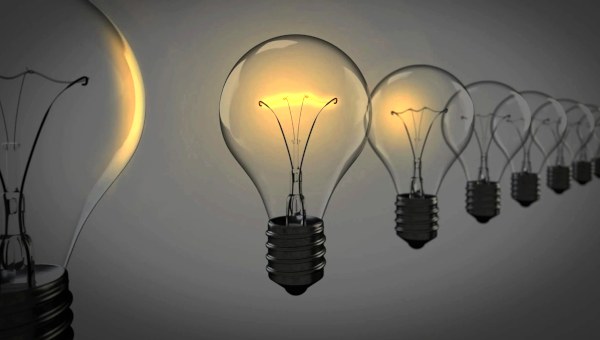
Address Loadshedding: Repair and Maintain Eskom’s Existing Fleet
According to Eskom, 17,022MW of capacity is currently unavailable due to breakdowns. Clearly, repairing and maintaining the existing fleet of power stations should be the main strategy in terms of addressing load-shedding.
In his statement of July 25th 2022, the President pledged to support Eskom in improving its efficiency, in expanding its maintenance budget, and by hiring people with the necessary skills to do the job. The need for these measures was made clear that same day when electrical faults tripped five generating units at Kriel Power Station removing 2,000MW from the system. The underperformance of Medupi and Kusile should also be addressed as a top priority. The address by the president provided no details as to how the problems confronting these power stations will be rectified.
We support this “fix Eskom” approach in the short term. However, this approach should constitute the first step in re-establishing Eskom as a world-class public utility, fully resourced, transparent and accountable to democratic institutions. A transformed Eskom can also lead a planned transition to a low-carbon energy future, one that is socially just and is not contingent on the “yes or no” decisions of private investors and developers.
In our view, the maintenance budget of Eskom has been constrained by the utility’s massive R400 billion debt. This debt was accumulated partially due to cost overruns that occurred as a result of corruption at Eskom’s project to build Medupi and Kusile power stations. Because this debt was accumulated partly due to corruption, we consider parts of this debt odious and that they must be cancelled by the World Bank which gave out the loan in 2010.
No one seriously challenges the idea that for the next two decades or even longer, Eskom’s coal-fired generation will need to co-exist with power generated from non-coal sources. If the REI4P is expanded as planned, by 2030 Eskom’s market share and revenues will have shrunk still further, making it less economically viable. But Eskom will still be expected to produce more than 60% of the country’s electricity.
Install Needed Capacity
In his July 25th speech, the President said that fixing Eskom’s fleet will still leave an “energy gap” of several GWs that must be filled as soon as possible with new generation capacity, mostly through the Renewable Energy Independent Power Producer Procurement Programme (REI4P).
We see three major problems with this approach. First, it is not clear how much new capacity is needed in order to address load-shedding. We accept that the transition to a low carbon energy system will require new capacity and that this capacity will be installed during the course of the next two or three decades. But it is not clear why new capacity is needed to address load-shedding in the short term.
Second, installing (perhaps unneeded) capacity by way of the REI4P will incur costs on Eskom in the form of power purchase agreements (PPAs), transmission upgrades, and increasing the level of battery storage capacity. This will give further impetus to the “death spiral” of an already heavily indebted utility. Fixing Eskom in the short term in order to then undermine it over the medium term makes no sense, especially when (according to the IRP) Eskom will still be providing the majority of the country’s power for the next decade and beyond.
Third, if new wind and solar energy is needed to address load-shedding, then the REI4P program has shown itself to be both a cumbersome and expensive means of adding capacity. The pro-privatisation propaganda conveniently ignores the fact that IPPs are struggling to get their projects funded because of the rising costs of components and transport. The recent Meridian report suggests a 30% across-the-board increase above the winning bid levels of BW5. This would incur more costs that will also need to be covered by Eskom. Even if fully funded and on schedule, these projects will not begin generating power until mid-2024 at the earliest. Even if everything goes according to plan, proposals to beef up the capacity procured under BW6 will not deliver power until 2026 at the earliest.
End Capacity Auctions
We propose an indefinite moratorium on BW6 and say no to any across-the-board increases to the IPPs to account for any additional costs they claim to have incurred since BW5. Expanding the REI4P will not address load-shedding in a timely fashion and projects may be delayed or cancelled due to a lack of private financing.
There is every reason to now bring the REI4P program to end. Globally, the growth in wind and solar power has been almost entirely dependent on public subsidies. In South Africa’s case, the subsidies take the form of Power Purchase Agreements with the IPPs, as well as a legal obligation for Eskom to purchase IPP-generated wind and solar power even when the power is not needed. The “system costs” such as transmission upgrades and extensions are today shouldered by Eskom.
Business is fond of referring to the many billions of rands of investment that the REI4P has brought into South Africa. But the PPA model has had the same impact on investors as a honey pot has on bees. PPAs guarantee returns on investment to private companies and developers. But what comes in through the front door in terms of investment in building new capacity, is overshadowed by what goes out the back door in the form of higher electricity costs for 15 years or longer. A good portion of the revenues that go to the IPPs leaves South Africa in the form of profits to private investors.
Pivot to Direct Public Procurement of New Generation Capacity
Whether for the short term to address load-shedding or over the longer term to install low carbon capacity to gradually and efficiently replace the ageing coal fleet, additional capacity should be procured directly on the basis of a cost-plus procurement model. Eskom can purchase and deploy technologies as needed. Under this simple model, Eskom will have no need to purchase electricity at above-market prices from IPPs. The private supplier of the technologies – which are likely to be based in China, Europe or the US, can mark up the price based on a reasonable return. But the advantage of this approach is that key components or whole ready-to-operate systems will be owned by Eskom and will thus become public property.
A direct public procurement approach is both affordable and possible. New capacity can be paid for through direct public financing. Revenues generated through the sale of electricity can recover the costs of installation over a 10–20 year period. Governments have throughout history used various forms of “capital steerage” to shift investment into areas of urgent policy priority. For instance, most of the urban infrastructure that countries take for granted – sewers, pavements, roads, etc. – depended on active government steps to ensure necessary capital investment. Issuing of bonds-financed infrastructure initiatives over many decades, including national energy grids and generation capacity. Bonds are long-term debt instruments that are repaid at pre-agreed upon rates and guaranteed by governments.
Toward a Global Alternative to Green Structural Adjustment
In his July 25th statement, the President said the government will “use climate funding provided through the Just Energy Transition Partnership to invest in the grid and repurpose power stations.” The partnership, it is claimed, will “mobilise an initial commitment of $8.5 billion for the first phase of financing, through various mechanisms including grants, concessional loans and investments and risk sharing instruments, including to [sic] mobilise the private sector.”
Announced at COP26 in Glasgow last November, the Partnership is an example of green structural adjustment. It proposed “an inclusive task force comprised of South Africa and international partners” to, among other things, “create an enabling environment through policy reform on the electricity sector, such as unbundling and improved revenue collection.” It dangles the possibility of “concessional” financing while endorsing the South African government’s effort to further privatise the national energy system.
This type of finance is deeply problematic, on two levels. First, the amount is tiny when measured against the levels of investment required. Second, the deal is contingent upon South Africa’s willingness to comply with a reform agenda that is intended to lead to the full-on privatisation of the sector.
As of now, there is no money on the table. Even Pravin Gordhan, the public enterprises’ minister, has expressed concerns that the finances for the deal may never materialise: “The developing world as a whole has to learn some lessons from our past 18 months of experience in access to COVID-19 vaccines. The reality is that you will get a few minor donations, but the rest of the stuff is going to cost you money, which was the case as far as [SA was] concerned.”
At the international level, the government should publicly announce its support for a global public goods approach to climate protection and a just energy transition. The principle that informs this approach is simple: emissions generated anywhere are harmful to people everywhere; emissions avoided anywhere will benefit people everywhere. This principle can set in motion policy approaches that are grounded in cooperation and solidarity. “Energy for profit” stands in the way of a rational and realistic approach to decarbonization. The Intergovernmental Panel on Climate Change itself acknowledges, “Effective [climate change] mitigation will not be achieved if individual agents advance their own interests independently.” In South Africa’s case, a global public goods approach can be facilitated by state-to-state agreements where, in the short term, countries of the North and also China accept payment for generation technologies, storage batteries, etc. in ZARs. This would allow South Africa to begin to advance decarbonization with government-issued currency. If the rich countries want to see South Africa transition away from coal, they can make this happen.
Building a Public Pathway
Government policy has continued on the same neoliberal path for more than 20 years, and the results have been load-shedding, corruption, job losses, and a growing subservience to the dictates of the global North and the institutions under its control, such as the World Bank and the IMF.
We are not simply calling for a halt to the neoliberal energy agenda; we are calling for the reforms that have wrecked South Africa’s power system to be reversed. The government should note the recent assessment of Riccardo Puliti, the World Bank’s Global Director for Energy and Extractive Industries, “The 1990s model alone will not be sufficient to deliver on global energy objectives… Key environmental and social objectives did not figure into the 1990s paradigm of power sector reform.” We wonder why the government persists with a policy that, according to the World Bank, does not meet key social and environmental objectives. •
This statement is endorsed by the following organisations:
- South African Federation of Trade Unions (SAFTU)
- South African Trade and Allied Workers Union (Satawu)
- Association of Mineworkers and Construction Union (AMCU)
- National Union of Mineworkers (NUM)
- Alternative Information and Development Centre (AIDC)
- Amandla PE Collective
- Assembly of the Unemployed (AoU)
- Botshabelo Unemployment Movement (BUM)
- Goldfields Community Forum
- Healing Nation Forum
- IndustriALL
- Inyanda Land Rights Movement
- Institute for Economic Justice (IEJ)
- National Labour and Economic Development Institute (NALEDI)
- Nehawu Professional and Technical Committee (NPTC)
- Public Services International (PSI)
- Rural Women’s Assembly
- Trust Community Outreach and Education (TCOE)
- Trade Unions for Energy Democracy (TUED)
- Southern African Green Revolutionary Council (SAGRC)
- WoMin
This article first published on the AIDC website.


